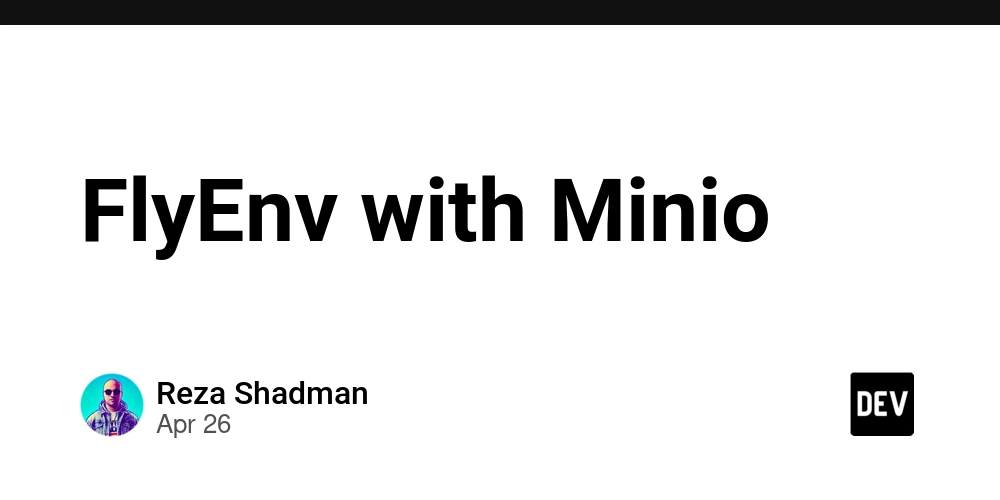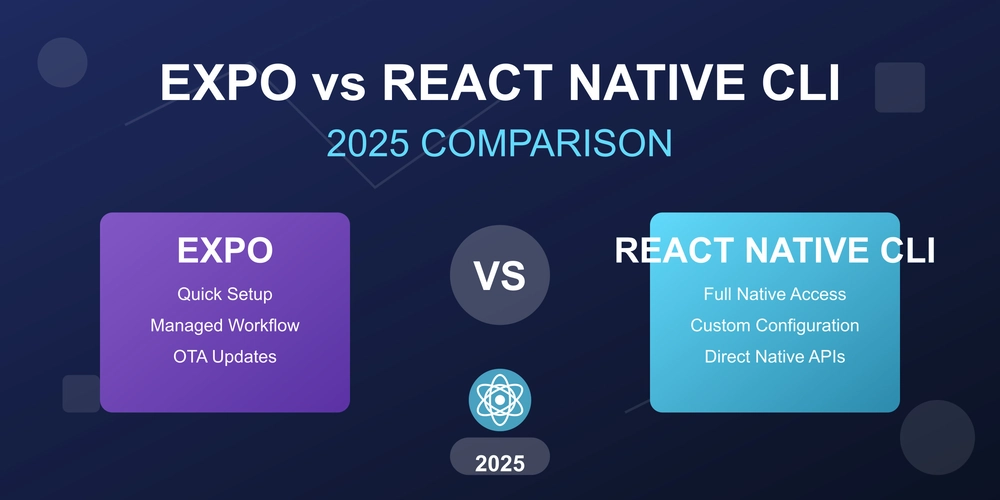
Install PostgreSQL on Windows 11: A Data Engineer's Guide Using WSL2
Modern data engineering relies heavily on PostgreSQL as a relational database standard. While direct installation on Windows is possible, most professionals prefer running it in Linux for enhanced performance and production environment similarity.
This guide shows you how to set up a PostgreSQL development environment on Windows 11 using WSL2 (Windows Subsystem for Linux). You get the best of both worlds: Windows' user-friendliness, and Linux's robust development environment.
By the end of this tutorial, you'll have:
- A PostgreSQL server running in WSL2.
- External connectivity configured for Windows tools.
- A production-like environment for local testing.
Prerequisites: Getting Ready to Install PostgreSQL
Before you start, ensure you have the following:
- Windows 11 (Home or Pro).
- Virtualization enabled in your BIOS/UEFI settings.
- Administrative access to your Windows machine.
- Internet connection.
- 15-20 minutes of your time.
Step-by-Step Guide: PostgreSQL Setup on Windows 11
Step 1: Enable WSL2 and Install Ubuntu-22.04
First, open PowerShell as Administrator. Then, run the following command to install Ubuntu-22.04:
To explore other available Linux distributions, use:
Microsoft provides a detailed guide on setting up WSL2 and Ubuntu-22.04 if needed.
Step 2: Install PostgreSQL on Windows
- Download: Head to the PostgreSQL downloads page, and select the Windows version.
- Run Installer: Click "Next," and choose an installation directory (the default is fine).
- Select Components: Keep the defaults: PostgreSQL Server, pgAdmin, StackBuilder, Command Line Tools.
- Set Password: Create a password for the PostgreSQL superuser ("postgres").
- Configure: Keep the default Port Number (5432) and Locale.
- Install: After installation PostgreSQL starts as a Windows service automatically.
You can ignore the StackBuilder Wizard.
PgAdmin Setup
After the installation, you get pgAdmin installed.
- Open pgAdmin.
- Set a Master Password.
- Log in to your server using:
- Username: postgres
- Password: The one you set during install
Step 3: Install PostgreSQL on WSL Ubuntu
Now, let's set up PostgreSQL within our WSL environment. This assumes you've completed Step 1 (WSL2 and Ubuntu-22.04 installation).
-
Update Packages: Keep your system up-to-date.
-
Install PostgreSQL: Install PostgreSQL and extensions.
-
Verify Installation: Check the PostgreSQL version.
-
Start Service: Start the PostgreSQL service.
-
Check Status: Verify the service is running.
Create a PostgreSQL User Matching Your WSL Username
-
Get Username: Find your WSL username.
-
Create User: Use the username to create a new PostgreSQL user
Setup .bashrc to Default to Postgres DB With Your User
-
Open .bashrc: Open the .bashrc file using the nano editor
-
Add Configuration:
-
Apply Changes:
Now, you can run the psql command to access the postgres CLI interface.
Edit postgresql.conf to Allow External Connections (for pgAdmin)
-
Edit Config File:
-
Uncomment
listen_addressesand set it to'*'.listen_addresses = '*'
Update pg_hba.conf to Allow External Authentication
-
Edit pg_hba.conf:
-
Add this line at the bottom:
host all all 0.0.0.0/0 md5
Restart PostgreSQL to Apply Changes
Find WSL IP Address to Use in pgAdmin
-
Get IP Address: (from Windows PowerShell or CMD):
Use this IP address as the host in pgAdmin.
Step 4: Add Connection in pgAdmin on Windows
- Open pgAdmin: Launch pgAdmin on Windows.
- Add New Server:
- General Tab:
- Name: WSL PostgreSQL
- Connection Tab:
- Host: (e.g., 172.27.94.100)
- Port: 5432
- Maintenance DB: postgres
- Username: your_user
- Password: your_password
- Enable "Save Password"
- General Tab:
Click "Save" to connect.
Step 5: Connect from WSL and Prepare for Windows Tools
-
Connect to PostgreSQL as the postgres user:
-
Create a test database:
You should see your test data displayed.
Conclusion: Your PostgreSQL Journey Begins
You've successfully set up a professional PostgreSQL environment on Windows 11 using WSL2. This setup combines the advantages of both Windows and Linux for data engineering development. This approach to install PostgreSQL gives you a versatile environment!
Next Steps in Our Data Engineering Foundations Series
Now that you have PostgreSQL running on WSL2, our next article will show you how to:
- Configure DBeaver as your PostgreSQL GUI client
- Set up database users and permissions
- Create your first data engineering project schema
Start your journey today to kickstart your data engineering project! Feel free to ask questions or share recommendations in the comments section below.























